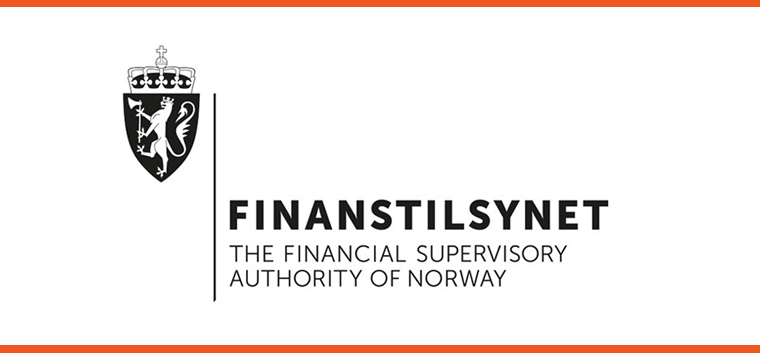 The European Banking Authority (EBA) today announced the results of the EU-wide stress test of 48 European banks, including DNB Bank ASA. The stress test scenarios represent a serious economic setback and cover the period 2018 to 2020.
The European Banking Authority (EBA) today announced the results of the EU-wide stress test of 48 European banks, including DNB Bank ASA. The stress test scenarios represent a serious economic setback and cover the period 2018 to 2020.
Background and purpose
The EBA stress test is a common platform for stress testing of European banks. It provides detailed information on banks’ resilience to economic shocks. The stress test is initiated and coordinated by the EBA and undertaken in cooperation with national competent authorities (including the Single Supervisory Mechanism (SSM) for the euro area banks), the European Central Bank (ECB) and the European Systemic Risk Board (ESRB).
Finanstilsynet informed of the EBA stress test scenarios for European banks in press release 3/2018 issued on 31 January 2018 (in Norwegian only).
The stress scenario shows an increase in impairment losses on loans to NOK 30 billion (2018-2020) for the DNB Bank Group. There is a significant reduction in net interest income and net gains on financial instruments. There is a net annual loss of NOK 9.1 billion in 2018. The DNB Bank Group’s CET1 ratio declines by 3.0 percentage points in 2018 (excluding the effect of the Basel 1 floor on risk-weighted assets) and thereafter increases in 2019 and 2020, whereby the reduction is partially reversed.
“The stress test shows that a serious economic setback could result in sizeable losses and a pronounced decline in the banking group’s CET1 ratio. It is a major concern for Finanstilsynet that banks remain well capitalised and thus have the required capacity to provide loans even under such circumstances. The EBA stress test, combined with the stress test carried out by Finanstilsynet, forms the basis for Finanstilsynet’s assessment of DNB’s total capital needs,” says Director of Banking and Insurance Supervision at Finanstilsynet, Ann Viljugrein.
Norwegian banks’ profitability and capital are assessed under more severe scenarios in Finanstilsynet’s stress tests. See Theme 1 (pages 68-80) in Risk Outlook – June 2018. For Finanstilsynet’s methodologies for assessing risk and capital needs, see circular 12/2016.












